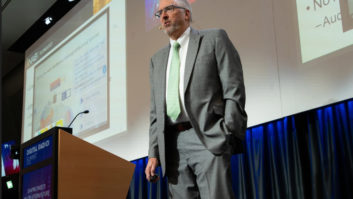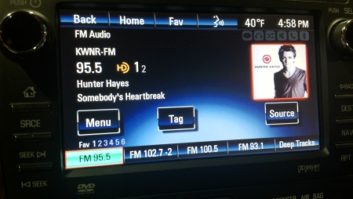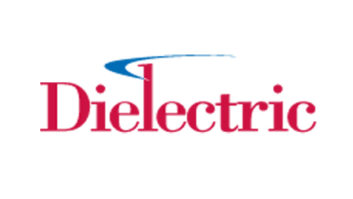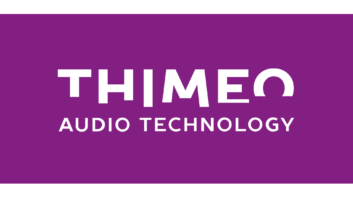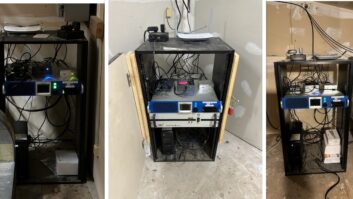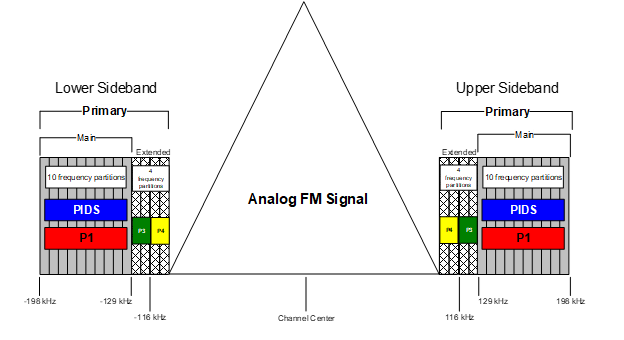
MP11 is the widest-bandwidth backward-compatible HD Radio extended hybrid service mode and provides a commercially viable method for stations to get increased HD Radio audio or data capacity while maintaining backwards compatibility with analog FM.
The story behind the extended hybrid service mode MP11 is interesting, and the global COVID-19 pandemic paused publicity of the successes and deployment of the mode.
MP11 was conceptualized in the original NRSC-5 documents circa 2005 and authorization for extended hybrid mode operation was adopted by the commission in 2007. However, it was not developed for commercial use until almost a decade later.
It was initially thought (more than two decades ago) that the risk of “host interference” or digital-into-analog interference on the same station of this widest extended hybrid service mode might be too great. The thought at the time was that broadcasters would consider this mode when there were more digital radios in the marketplace than analog. It was surmised that broadcasters would have to disable FM RDS and FM stereo, and revert to monoaural FM only.
However, advancements in transmission technology have shattered those early theories.
When Xperi started developing the current Generation4 (Gen4) HD Radio platform circa 2014, they included a commercialized development for service mode MP11, and included a feature called PAR2 Carrier Protection, which is an advanced peak-to-average ratio reduction scheme for the HD Radio RF signal.
This advancement was not something envisioned or even possible with the hardware resources the industry had a decade prior. With PAR2 Carrier Protect, there is a way for broadcasters to “have their cake and eat it too.” Stations can remain fully competitive with a stereo FM signal, with analog RDS, and simultaneously transmit in the widest extended hybrid service mode (MP11) without host interference.
Presented at the 2019 Broadcast Engineering and IT Conference at the NAB Show, David Layer of NAB and Michael Rhodes from Cavell, Mertz & Associates outlined the results of extensive lab studies that were performed by PILOT, NAB’s innovation initiative. These tests were conducted with the participation of Xperi and Nautel and are documented at length in a white paper included in the 2019 BEITC Conference Proceedings.
This groundbreaking research proved to the industry that MP11 was a viable option for broadcasters.
In the real world
At iHeartMedia, we had been testing MP11 on Gen4 for a little over a year in our own labs. Receiver compatibility seemed acceptable, but we were waiting for completion of the more extensive compatibility studies that were underway before putting this service mode on the air.
With the PILOT findings in hand, iHeartMedia set out to find a candidate station to perform MP11 field tests. We were looking for a station that had a full complement of Gen4 HD Radio transmission hardware. Requirements included low-level, common mode FM+HD amplification with a Gen4 Exgine exciter, and a transmitter that had sufficient headroom to support the 1.5dB power increase that occurs switching from MP1 to MP11.
The company’s WTUE(FM) in Dayton, Ohio, went live with MP11 on July 1, 2019, and has been transmitting in that mode continuously since that date.
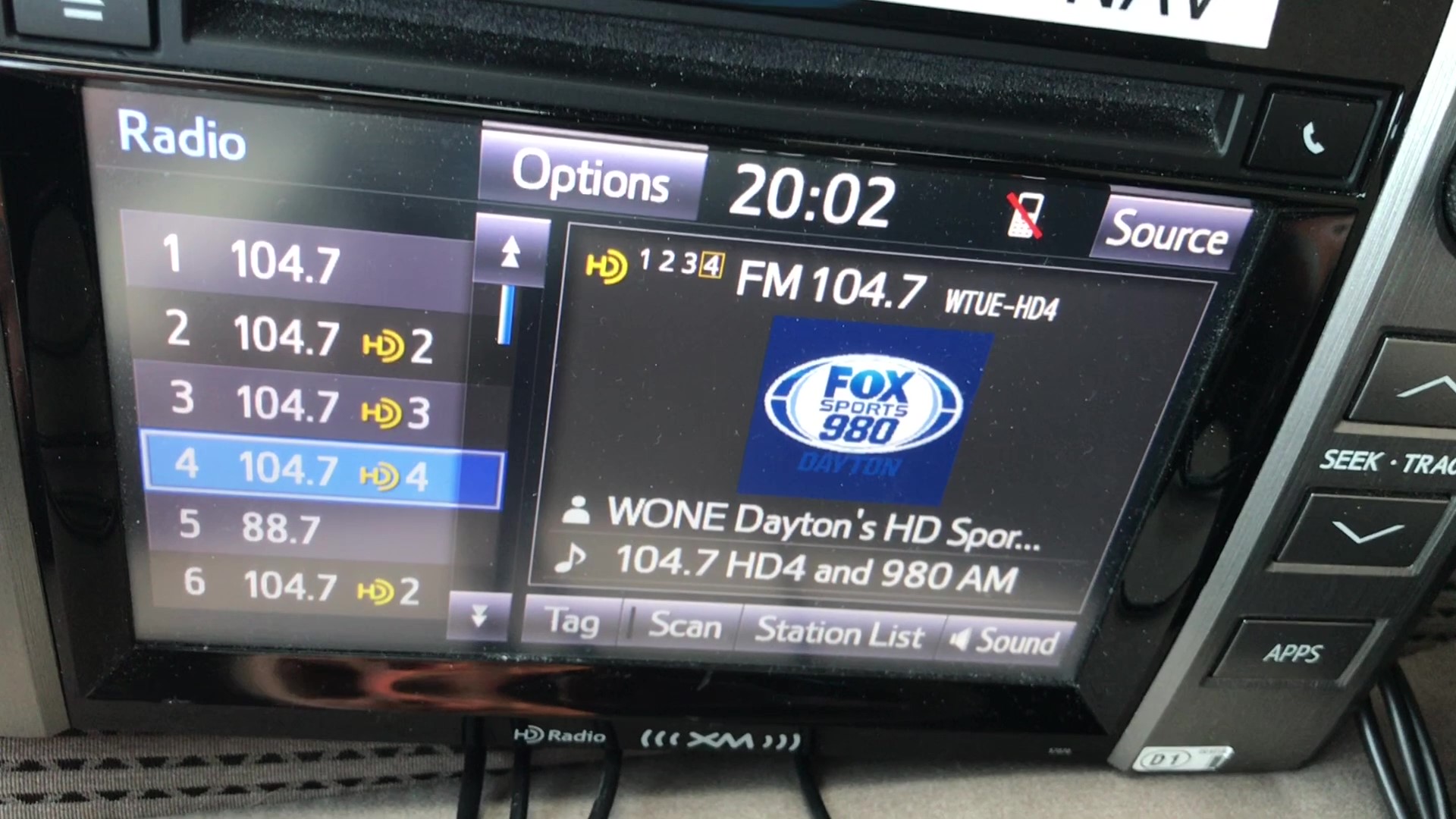
In our implementation, we were looking to create an HD4 program in the additional 24.6 kilobits-per-second P4 partition. The conversion couldn’t have been easier. We needed to load the latest firmware into the existing transmitter/exciter (earlier firmware versions did not support MP11), and we installed a (then new) Gen4 GatesAir FMXi 4g Exporter. We provided the HD4 audio via AES audio of WONE(AM) Dayton, which offers a sports/talk format.
WTUE was chosen not only because the Gen4 transmitter had the headroom but also because Dayton was a convenient place to test. We had engineering resources nearby in Cincinnati, Columbus and Indianapolis to support the tests. On the day we launched, we were able to have several engineers at key locations within the WTUE coverage area with a variety of different receivers to immediately discern if there were any issues with digital-to-analog host interference.
As the PILOT lab tests established, no host interference was found, and none has been reported since we signed on. WTUE is approaching five years of operation in service mode MP11. See video below.
We had envisioned reporting our successes at the 2020 and 2021 NAB Shows. Both were canceled due to the COVID-19 pandemic due to the travel restrictions and health and safety concerns at the time.
Advancements in HD Radio IBOC extended hybrid service modes has made headlines more recently, with Radio World reporting on Hubbard’s successes on WWWT(FM) (see “Hubbard Turns on an HD5 Audio Channel”). Their addition of an HD5 program using the additional bandwidth offered by extended hybrid service mode MP11 is a great use case, and the industry welcomes Hubbard and others who may consider this latest option.
Benefits of MP11
While much time has elapsed since the lab and field tests began, it is great to see broadcasters like iHeartMedia and Hubbard using this mode to provide additional digital services to the public.
This additional bandwidth can be used for additional audio services, helping with AM station and FM translator re-broadcasts. It also helps increase the diversity of formats providing content to underserved audiences.
Service mode MP11 will not work with older Generation-3 HD Radio Importer/Exporters, transmitters or exciters. PAR2 Carrier Protect also cannot run on this hardware, as it is computationally intensive and exceeds the resources of the hardware.
However, there is broad support for MP11 in today’s transmission marketplace. Xperi and the manufacturers have all been forward-looking, putting the advancement in their current line of products while not porting it to hardware that is considered borderline obsolete. It’s hard to believe, but the Gen3 framework is nearing 20 years old.
It is recommended that Low-Level, Common-Mode FM+HD amplification be implemented when broadcasting MP11. That is the only method that has been thoroughly tested in the lab and out in the field. The use of older combining methods is generally not supported and not recommended.
As of March 2024, three transmission equipment manufacturers offer products that have implemented MP11:
- Gen4 Importer/Exporters:
- GatesAir FMXi 4g Embedded Importer/Exporter
- Nautel HD MultiCast+ Importer/Exporter
- Rohde and Schwarz HDR-900 Embedded Importer/Exporter
- Gen4 Transmitters:
- GatesAir Flexiva Low Powered + High Power (FAX + FLX) Series
- Nautel GV2 (Updated hardware/software is potentially available to update a GV to GV2)
- Rohde & Schwarz THR9 FM+HD Series
While receiver support of extended hybrid service modes is difficult to project, it is safe to say there are millions of vehicles on the road today that can decode new audio channels in the P4 partition of MP11. As time goes by, more automotive receivers will be in the marketplace to tune in to the additional content enabled by the MP11 extended hybrid service mode.
Past Links:
Hubbard Turns on an HD5 Audio Channel (January 2023)
NAB Radio Technologists Look Ahead (April 2020)
Symposium Examines Changing Radio Landscape (November 2019)
Evaluating Higher-throughput HD Radio Mode With the PILOT Radio Test Bed (July 2019)





